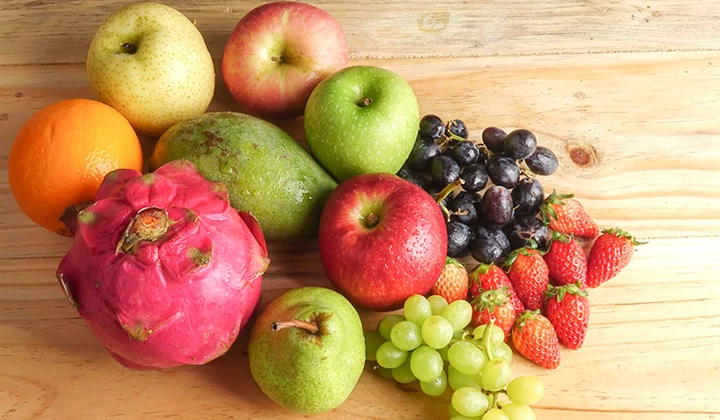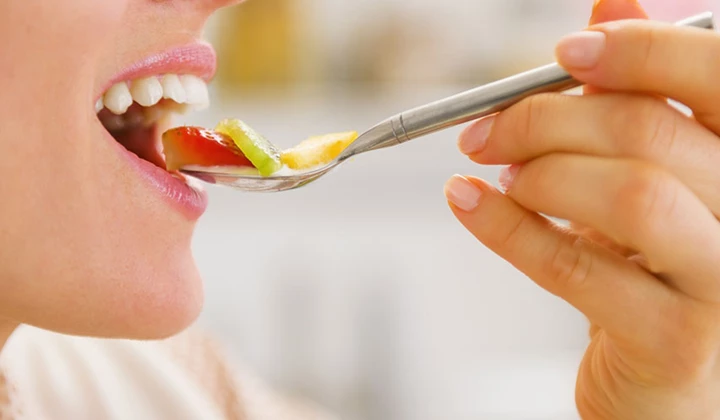
Reactions of fructose malabsorption
The reactions of fructose malabsorption occur more frequently than many people think: according to studies, approx. 30 percent of all Germans have trouble digesting fructose. With fructose intolerance, the fructose in the food cannot be absorbed in the small intestine. This results in reactions such as stomach ache, flatulence and diarrhea. The severity of these reactions of fructose malabsorption differ from case to case.

The most common symptoms of fructose malabsorption: Flatulence and diarrhea
A consequence of fructose malabsorption (intestinal fructose intolerance) is that absorption of fructose in the small intestine is either limited or does not happen at all. If fructose reaches the large intestine undigested, it is broken down there, forming gases and fatty acids. If the gases build up in the intestine, this can lead to bloating and sometimes painful flatulence and stomach cramps. In turn, the fatty acids cause increased amounts of water to enter the intestine by osmosis and liquefy the stool, resulting in diarrhea.













